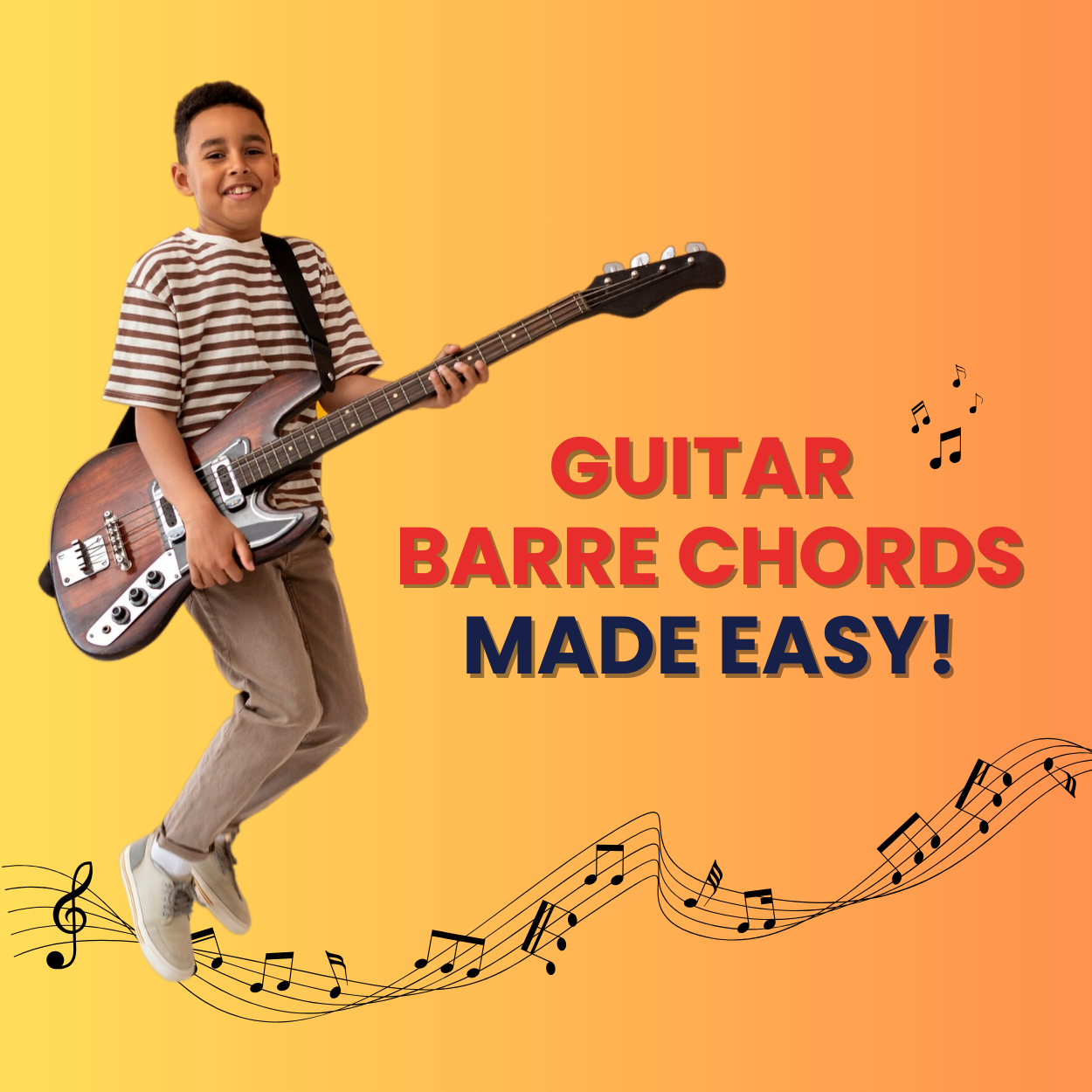
Table of Contents
Learning to play the guitar is an exciting journey, filled with new chords, rhythms, and techniques. As a beginner guitarist, you might find some concepts challenging at first, but with patience and practice, you'll soon find yourself playing the guitar with ease. One such essential technique to master is the barre chord.
In this article, we'll break down the basics of barre chords, making them easy to understand and practice for students in beginner guitar classes.
1. What are Barre Chords?
Barre chords are versatile shapes that can be moved across the fretboard, allowing guitarists to play chords in different keys without learning new shapes for each chord.
One of the primary advantages of barre chords is that you only need to learn a few basic shapes, which can then be shifted up and down the neck to play various chords.
To learn the barre chords, you need to familiarize yourself with a few open major and minor chord shapes. Specifically - E major, E minor (for the barre chords starting from String 6), and A major and A minor ( for the barre chords starting from string 5).
Considering the 12 notes theory, as we get the note F after E, if we shift the E major chord by one fret, we will get the F major, however, we have to barre the first fret (since the nut of the neck of the guitar is not moving while we move the chords).
Similarly, we can keep moving the shape of the chords forward to get consecutive chords.
2. Chord Charts
Consider the below charts for more clarity:
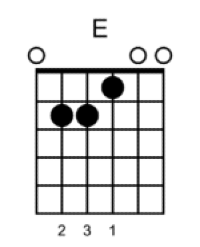
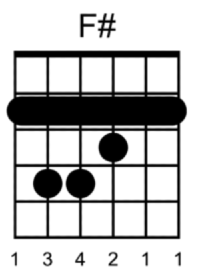
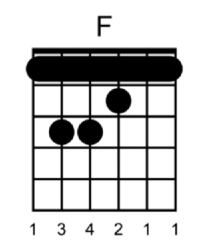
The same principle applies when playing barre chords from the 5th string. By shifting the open shape of A major up the fretboard, you can form chords like Ab, B, and others.
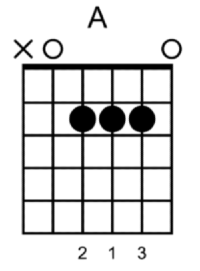
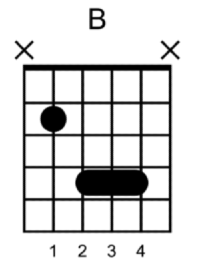
For minor chords, the concept is the same. Take the shape of an E minor chord and A minor Chord and shift the same to the respective frets to get the desired chords.
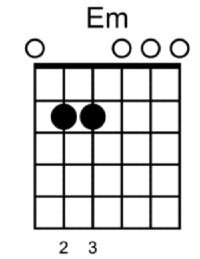


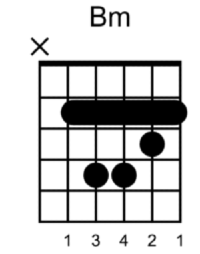
The best way to think about barre chords is that your record finger essentially plays the role of a capo.
3. Tips for Playing Barre Chords
Play the perfect sounding barre chords with these 5 tips:
a. Precision
Place your fingers precisely, especially your index finger.
b. Guitar Action
If playing a single note requires significant effort, check the action (distance of the strings from the fretboard) of your guitar. If the strings are too far from the fretboard, have a professional set it up or do it yourself with the right tools.
c. Clear Sound
Ensure that the first and second strings ring clearly. If they don't, press down on them with the second knuckle of your index finger.
d. Learn the Notes
Memorize every note on the 5th and 6th strings up to the 12th fret. This may seem daunting, but it can be accomplished in a few days.
e. Apply Pressure
Use more than just your thumb and index finger to apply pressure to the strings. Position your index finger's knuckle correctly on the strings. Once you master this technique, playing chords will become more natural.
Playing the barre chords can seem difficult, especially as a beginner, but remember to practice consistently. With dedicated practice, you will definitely master the barre chords to play your favourite songs on the guitar.
-Turja Das Gupta
Guitar & Ukulele SME
Spardha School of Music
